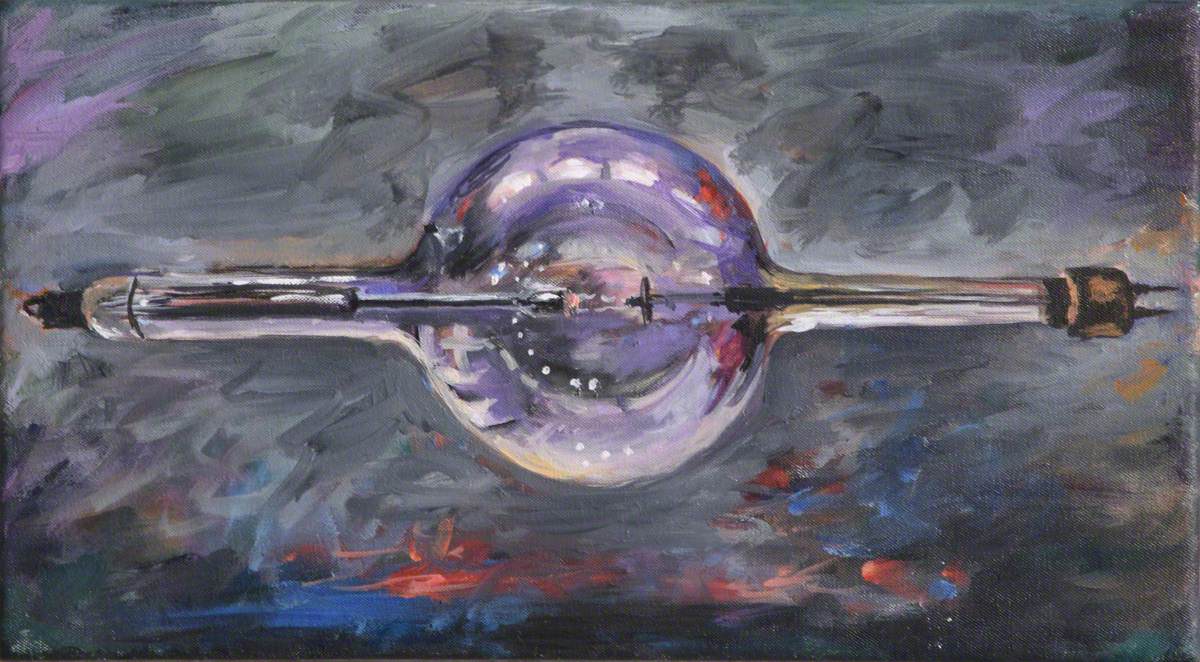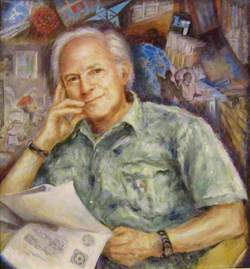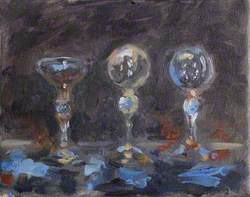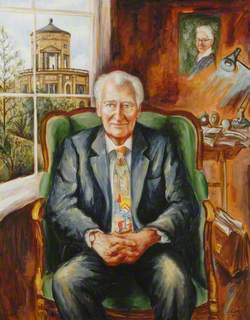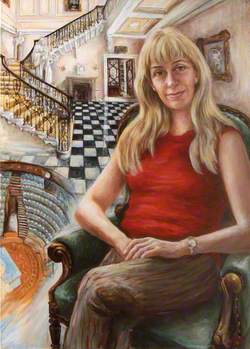How you can use this image
This image can be used for non-commercial research or private study purposes, and other UK exceptions to copyright permitted to users based in the United Kingdom under the Copyright, Designs and Patents Act 1988, as amended and revised. Any other type of use will need to be cleared with the rights holder(s).
Review the copyright credit lines that are located underneath the image, as these indicate who manages the copyright (©) within the artwork, and the photographic rights within the image.
The collection that owns the artwork may have more information on their own website about permitted uses and image licensing options.
Review our guidance pages which explain how you can reuse images, how to credit an image and how to find images in the public domain or with a Creative Commons licence available.
Notes
Add or edit a note on this artwork that only you can see. You can find notes again by going to the ‘Notes’ section of your account.
Tubes of this type were used by William and Lawrence Bragg as an X-ray source. Using X-rays the Braggs were able to determine the atomic structure of crystals in 1912. They won the Nobel Prize for physics in 1915 for their discovery and, at age 25, Lawrence Bragg remains the youngest ever Nobel prize winner.
While the crystals they looked at first were very simple and regular, their method was later used to determine the structure of much more complex molecules such as DNA.
Title
Coolidge Tube
Date
2009
Medium
oil on linen
Measurements
H 25 x W 45.4 cm
Accession number
EN 31
Acquisition method
gift from Dr Mary Joyce Pickersgill, 2010
Work type
Painting
